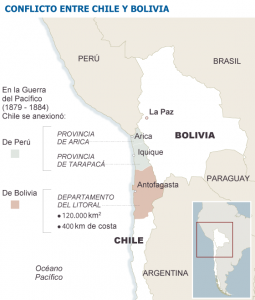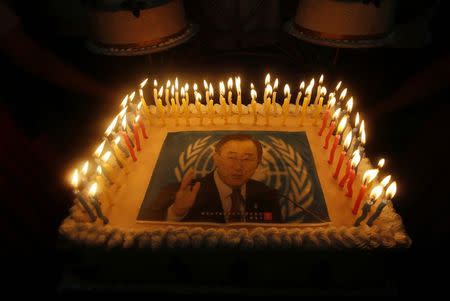by: Delisa Morris
News Reporter – South America
Recently, rare video footage has been released by the Brazil Indigenous Affairs department. In the video you can see first contact being made with indigenous people at the Brazil/Peru border. These indigenous people are from the Panoan linguistic group and in the video you can see their hesitation at making contact with people from the department.

To sweeten the deal the Brazil Indigenous Affairs department offered the Panoan linguistic group bananas for making the connection. The contact was made in northern Brazil, along the banks and inside of the Envira River, in the western Acre state of Brazil, close to the Peruvian border.
Another indigenous people, the Ashaninka tribe, laid clothes along the edges of the forest, near the Panoan settlement, in June, as a gesture of friendship. After, the Panoan’s tried to make contact with the Ashaninka tribe by visiting their settlement. This was the first time in several decades that an Amazonian Indian tribe visited a settled population without first being contacted or invited. The Ashaninka often help FUNAI by giving them hints about the whereabouts of other tribes.
Later, Brazil’s National Indian Foundation (FUNAI), travelled to the area with health specialists and interpreters and filmed the second contact on June 29.
The footage from the first encounter shows one of the interpreters handing over a few bunches of bananas to the natives before they cautiously retreated.
There was concern early in July when news spread about the tribe making contact with a village, because some natives were showing flu like symptoms before they returned to their forrest home. According to FUNAI, at least seven people were suffering from flu like symptoms and a virus normally found in outside populations. This alarmed many campaigners to tune into the rights of indigenous peoples.
It is unknown if the members of the tribe were sick and refused medical treatment. This raises concern that the natives will spread disease when they return to their home.
Many Brazilian experts believe that the Indians were forced to cross from Peru into Brazil because of illegal loggers and drug smugglers taking over their land.
Currently Peru has two reserves where there are un-contacted tribes including the Murunahua Indigenous Reserve.
According to the 2013 census in Brazil, there are 810,000 indigenous people in the country and 560 of them have been murdered in the past decade. There are at least 18 tribes spread throughout the amazon region, with no contact to the outside world.
Please view the video of the first contact with the Panoan linguistic group below. Video courtesy of BBC News.
For more information, please see:
The Independent – Amazonian Indian Tribe Filmed Making Contact with Brazil Village in Rare Video Footage – 31 July 2014
The Washington Post – Indigenous People in Brazil Contacted for the First Time – with Bananas – 31 July 2014
The Guardian – Amazon Tribe Makes First Contact with Outside World – 1 August 2014
BBC News – Face to Face with Isolated Amazon Tribe in Brazil – 31 July 2014



